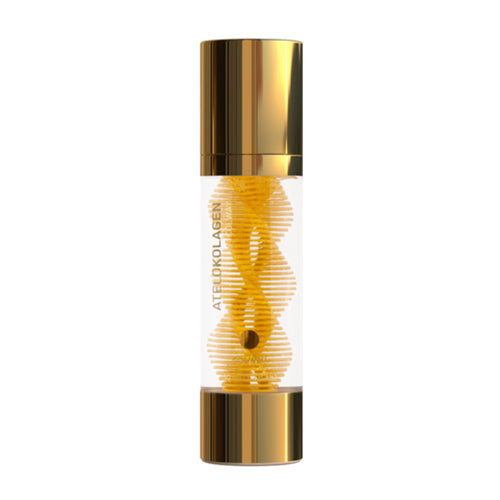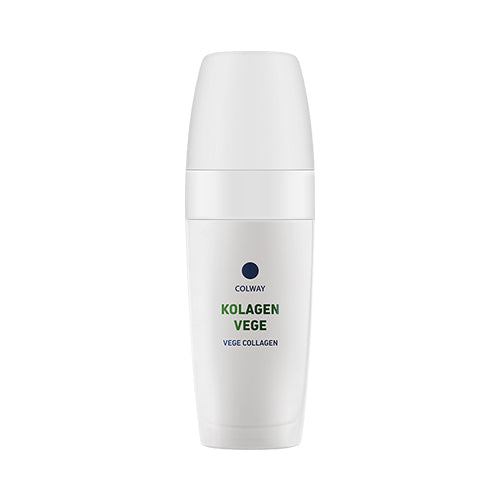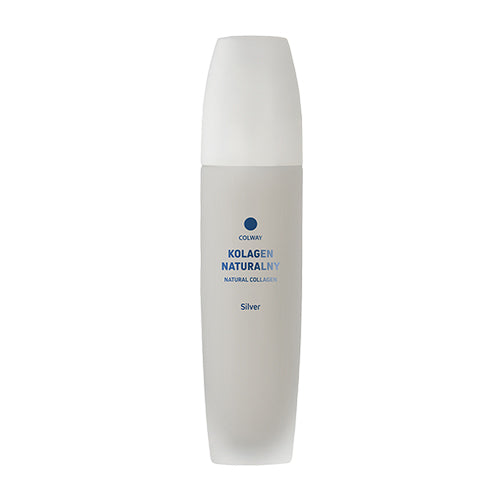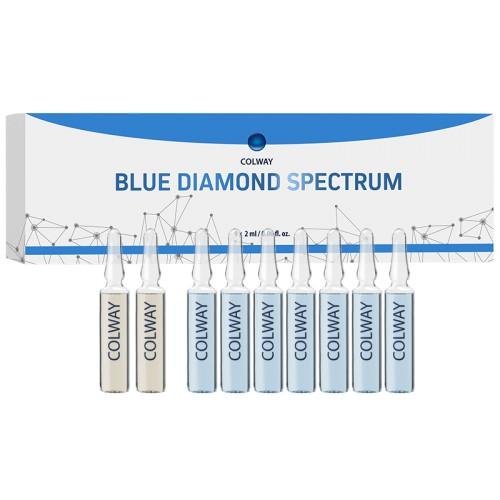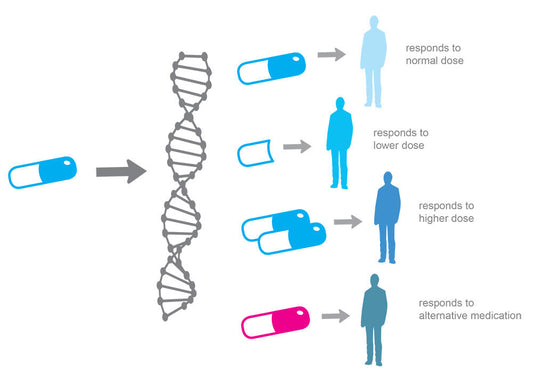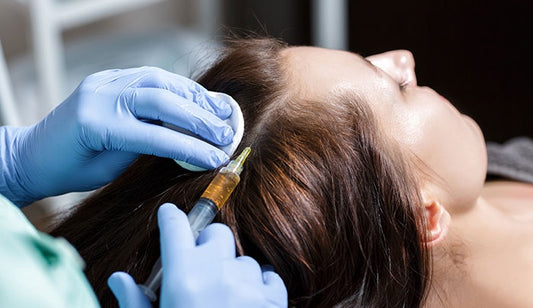Hair Loss Treatment of Alopecia Areata with Tacrolimus
Alopecia Areata is a condition that causes hair loss, affecting millions of individuals worldwide. If you're experiencing this autoimmune disorder, you may be searching for effective treatment options. One promising solution is Tacrolimus, a medication that has shown positive results in managing alopecia areata and promoting hair regrowth. In this article, we will explore how Tacrolimus can help combat hair loss, its application process, potential benefits, side effects, and more.
Understanding Alopecia Areata
What is Alopecia Areata?
Alopecia Areata is an autoimmune disease that targets hair follicles, leading to sudden hair loss. It often manifests as round, smooth patches on the scalp, but it can affect hair growth on other parts of the body as well. This condition occurs when the immune system mistakenly attacks hair follicles, resulting in inflammation and hair fall.
Causes of Alopecia Areata
The exact cause of Alopecia Areata is still unknown, but it is believed to be a combination of genetic and environmental factors. Research suggests that individuals with a family history of autoimmune diseases, such as rheumatoid arthritis or type 1 diabetes, may be more prone to developing alopecia areata. Additionally, factors like stress, hormonal changes, and certain viral infections might trigger or exacerbate the condition.
Prevalence of Alopecia Areata
Alopecia Areata can affect individuals of all ages, genders, and ethnicities. It is estimated that approximately 2% of the global population will experience this condition at some point in their lives, with a slightly higher prevalence among those aged 15 to 29 years. It is important to note that Alopecia Areata does not discriminate based on gender, and both men and women can be affected.
Tacrolimus: A Promising Hair Loss Treatment
What is Tacrolimus?
Tacrolimus is an immunosuppressant medication that was originally developed to prevent organ rejection in transplant patients. However, its effectiveness in managing various dermatological conditions, including alopecia areata, has been recognized in recent years. Tacrolimus works by inhibiting certain immune system cells and reducing inflammation, which can help halt the autoimmune response that targets hair follicles.
How Tacrolimus Works
In the case of alopecia areata, Tacrolimus helps to suppress the immune system's attack on hair follicles. By inhibiting the activity of immune cells responsible for inflammation, Tacrolimus can create an environment conducive to hair regrowth. This mechanism of action sets it apart from other conventional hair loss treatments, offering a new avenue for individuals seeking to combat alopecia areata.
Effectiveness of Tacrolimus in Treating Alopecia Areata
Clinical Studies and Research
Numerous clinical studies have evaluated the effectiveness of Tacrolimus in treating alopecia areata, and the results have been promising. One study published in the Journal of the American Academy of Dermatology demonstrated significant hair regrowth in 67% of participants who used Tacrolimus topical solution for six months. These findings indicate that Tacrolimus holds great potential as a therapeutic option for individuals with alopecia areata.
Success Rates and Side Effects
The success rates of Tacrolimus in treating alopecia areata vary from person to person. While some individuals may experience substantial hair regrowth, others may only see modest improvements. It's important to consult with a dermatologist to determine the most suitable treatment plan and to manage expectations.
As with any medication, Tacrolimus may have potential side effects. The most commonly reported side effect is a temporary burning or stinging sensation at the application site. However, these symptoms are generally mild and subside over time. Rarely, Tacrolimus may cause skin irritation, itching, or redness. It is crucial to follow the recommended dosage and consult a healthcare professional if any concerning side effects occur.
Applying Tacrolimus for Hair Regrowth
Dermatologist Consultation
Before initiating Tacrolimus treatment for alopecia areata, it is essential to consult with a dermatologist who specializes in hair disorders. The dermatologist will evaluate the severity of your condition, discuss the potential benefits and risks of Tacrolimus, and provide personalized recommendations based on your specific needs.
Topical Application of Tacrolimus
Tacrolimus for alopecia areata is typically available as a topical solution. The dermatologist will guide you on the application process, which usually involves gently massaging the solution onto the affected areas of the scalp. It is crucial to follow the prescribed dosage and application frequency to maximize the potential benefits of Tacrolimus.
Recommended Dosage and Duration
The dosage and duration of Tacrolimus treatment may vary depending on the individual and the severity of the alopecia areata. Your dermatologist will determine the most appropriate regimen for you. It is important to adhere to the prescribed treatment plan and attend regular follow-up appointments to monitor progress and make any necessary adjustments.
Potential Benefits of Tacrolimus
Hair Regrowth and Improved Confidence
One of the significant benefits of Tacrolimus in treating alopecia areata is its potential to stimulate hair regrowth. For individuals experiencing hair loss due to alopecia areata, regaining hair can significantly boost self-esteem and improve overall quality of life. The prospect of regaining a full head of hair can instill a sense of confidence and normalcy.
Reduced Scalp Inflammation
In addition to promoting hair regrowth, Tacrolimus can help reduce scalp inflammation associated with alopecia areata. By suppressing the immune response targeting hair follicles, Tacrolimus creates a more favorable environment for healthy hair growth. This reduction in inflammation can alleviate discomfort and itching often experienced by individuals with alopecia areata.
Possible Side Effects and Precautions
Skin Irritation and Sensitivity
While Tacrolimus is generally well-tolerated, some individuals may experience temporary skin irritation or sensitivity at the application site. This can manifest as redness, itching, or a burning sensation. If these symptoms persist or worsen, it is important to consult with your dermatologist to discuss potential alternatives or adjustments to the treatment plan.
Monitoring and Follow-up Care
Regular monitoring and follow-up care with a dermatologist are essential during Tacrolimus treatment. Your dermatologist will assess the progress of hair regrowth, monitor for any side effects, and make necessary modifications to the treatment plan if needed. It is important to attend these appointments and communicate any concerns or changes in your condition.
Risks during Pregnancy and Breastfeeding
If you are pregnant, planning to become pregnant, or breastfeeding, it is crucial to discuss the use of Tacrolimus with your healthcare provider. While research on Tacrolimus's effects during pregnancy and breastfeeding is limited, it is important to weigh the potential benefits against any potential risks to the developing fetus or the nursing infant.
Tacrolimus vs. Other Hair Loss Treatments
Comparing Tacrolimus with Minoxidil and Corticosteroids
Tacrolimus offers a unique approach to treating alopecia areata when compared to other commonly used treatments such as minoxidil and corticosteroids. Minoxidil is a topical solution that promotes hair growth but does not specifically target the immune response. Corticosteroids, on the other hand, can help reduce inflammation but may have more significant side effects with prolonged use. Tacrolimus, with its immunosuppressant properties, provides a distinct mechanism of action for managing alopecia areata.
Long-term Effects and Sustainability
The long-term effects of Tacrolimus treatment for alopecia areata are still being studied. It is important to discuss with your dermatologist the sustainability of using Tacrolimus as a long-term solution. Your dermatologist will consider factors such as the severity of your condition, response to treatment, and potential risks when determining the most suitable treatment approach for you.
Lifestyle Changes and Additional Support
Stress Management and Self-Care
Managing stress is important for overall well-being and may have a positive impact on alopecia areata. Engaging in stress-reducing activities such as exercise, meditation, or hobbies can help alleviate anxiety and promote emotional well-being. Additionally, practicing good self-care, including maintaining a balanced diet, getting enough sleep, and prioritizing self-care activities, can support overall hair health.
Emotional Support and Counseling
Dealing with hair loss can be emotionally challenging. Seeking emotional support from friends, family, or support groups can provide a valuable outlet for expressing feelings and gaining perspective. In some cases, individuals may benefit from professional counseling or therapy to navigate the emotional impact of alopecia areata and develop coping strategies.
Wearing Wigs and Hairpieces
For individuals who desire immediate cosmetic coverage while undergoing Tacrolimus treatment or in cases where regrowth is limited, wearing wigs or hairpieces can be a viable option. High-quality wigs and hairpieces can provide a natural-looking solution that boosts self-confidence and helps individuals feel comfortable in their appearance.
Frequently Asked Questions (FAQs)
- Can Tacrolimus be usedfor other types of hair loss?
Tacrolimus is primarily used for the treatment of alopecia areata, as it specifically targets the immune response associated with this condition. However, its effectiveness in other types of hair loss, such as androgenetic alopecia or telogen effluvium, is still being investigated. It is important to consult with a dermatologist to determine the most appropriate treatment for your specific type of hair loss.
- How long does it take to see results with Tacrolimus?
The timeline for seeing results with Tacrolimus can vary from person to person. Some individuals may start noticing improvements in hair regrowth within a few months of starting treatment, while others may take longer. It is important to be patient and consistent with the treatment regimen, as it may take several months to see significant changes. Your dermatologist will monitor your progress and make any necessary adjustments to optimize the results.
- Can Tacrolimus cause any allergic reactions?
While allergic reactions to Tacrolimus are rare, they can occur in some individuals. If you experience symptoms such as severe itching, swelling, rash, or difficulty breathing after applying Tacrolimus, it is important to seek medical attention immediately. Your dermatologist can assess the situation and provide guidance on whether to discontinue Tacrolimus or switch to an alternative treatment.
- Is Tacrolimus available over the counter?
No, Tacrolimus is not available over the counter. It is a prescription medication that requires a consultation with a dermatologist or healthcare professional. This ensures proper evaluation of your condition, determination of the most suitable treatment approach, and monitoring of your progress throughout the treatment.
- Are there any natural alternatives to Tacrolimus?
While Tacrolimus is a medication specifically formulated for the treatment of alopecia areata, some individuals may prefer exploring natural alternatives. However, it is important to note that natural remedies have limited scientific evidence supporting their efficacy in treating alopecia areata. Nevertheless, some natural approaches that individuals may consider include essential oils, scalp massage, and herbal supplements. It is crucial to discuss these options with a dermatologist or healthcare professional to ensure their safety and effectiveness in your specific case.
Conclusion
Tacrolimus offers a promising treatment option for individuals dealing with hair loss due to alopecia areata. Its immunosuppressant properties, ability to reduce inflammation, and potential for hair regrowth make it an appealing choice for many. By working closely with a dermatologist, individuals can receive personalized treatment plans, ensuring proper application, monitoring, and follow-up care. While Tacrolimus may have some potential side effects, its benefits in terms of hair regrowth and improved quality of life can be significant. If you're struggling with alopecia areata, consider consulting with a dermatologist to explore the potential of Tacrolimus as part of your treatment journey.

